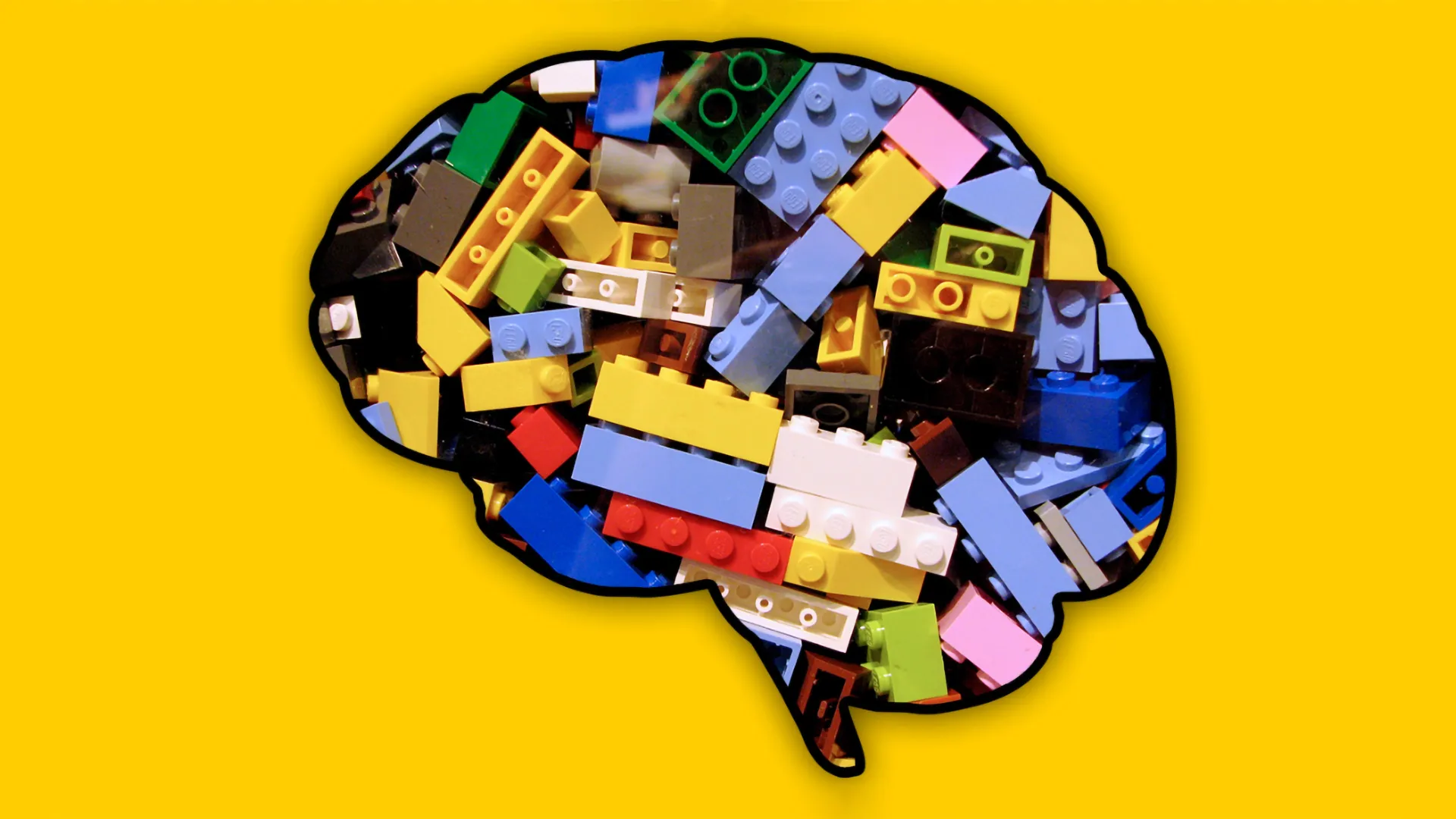Artificial intelligence can now craft award-winning essays and help doctors detect disease with impressive accuracy. Yet when it comes to true mental flexibility, living brains still have the clear advantage.
Humans can adjust to new situations…

Artificial intelligence can now craft award-winning essays and help doctors detect disease with impressive accuracy. Yet when it comes to true mental flexibility, living brains still have the clear advantage.
Humans can adjust to new situations…